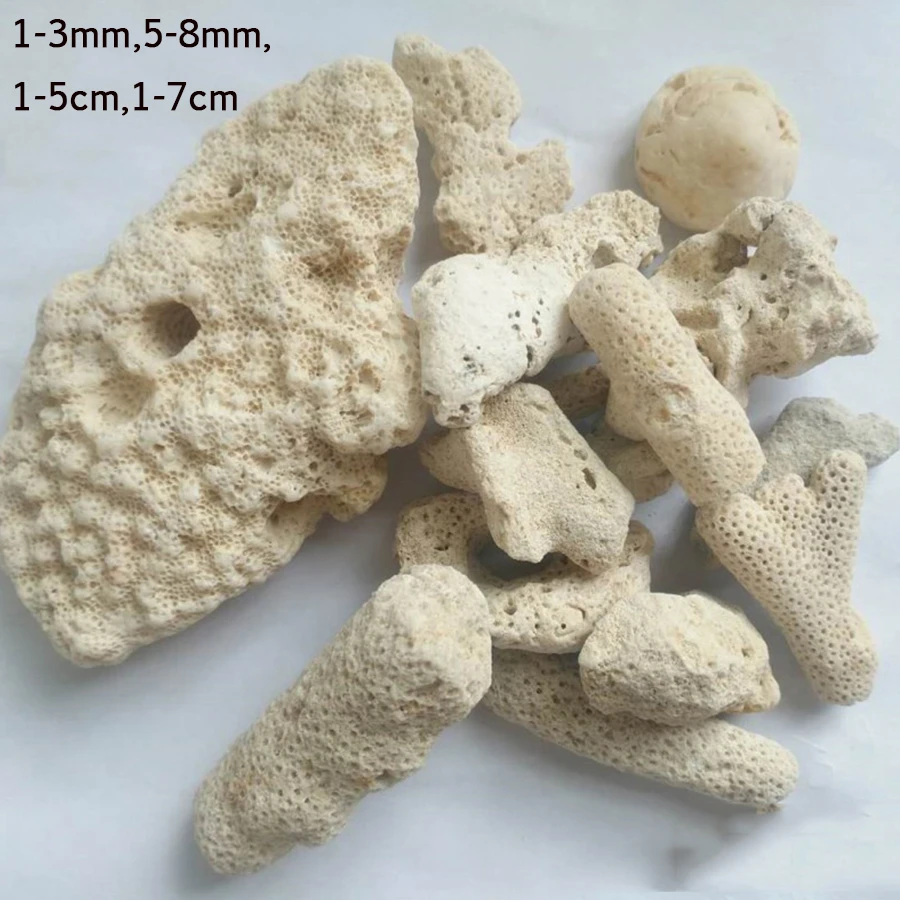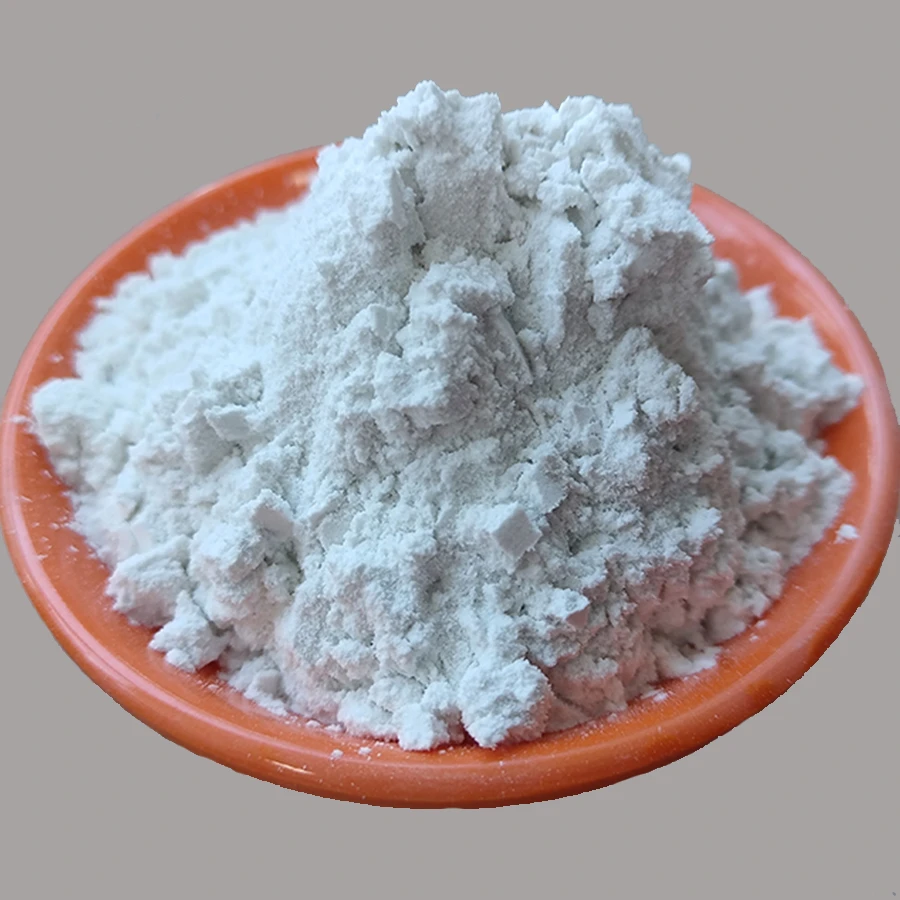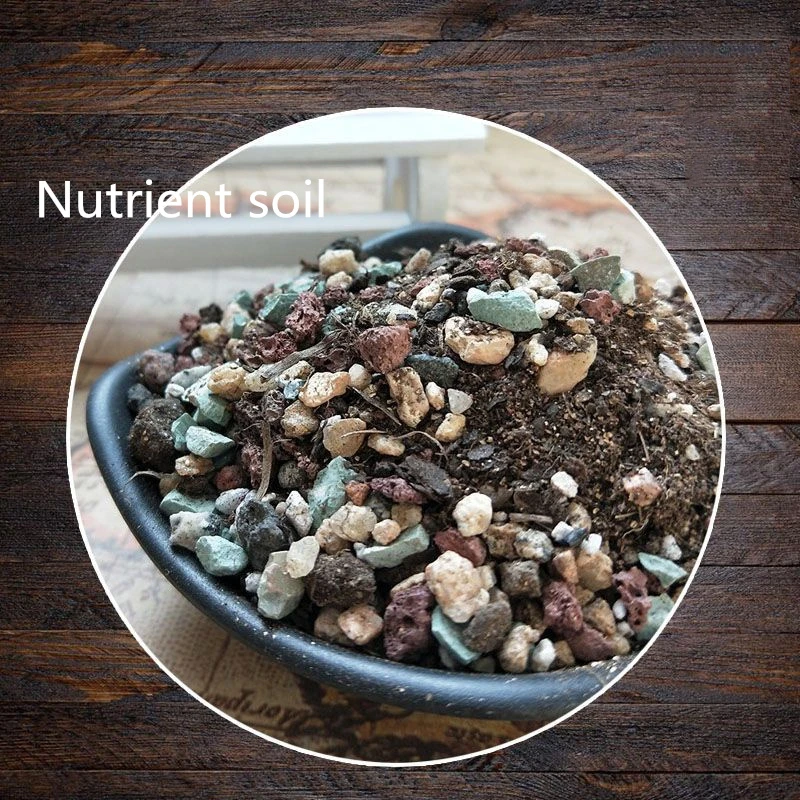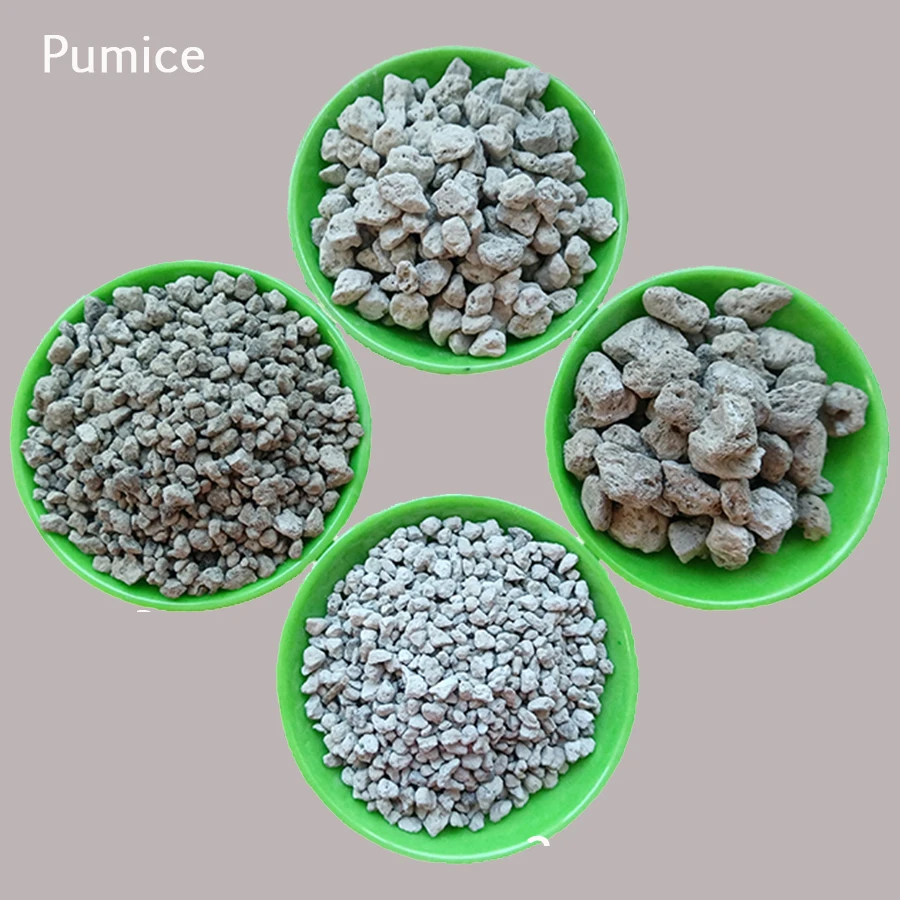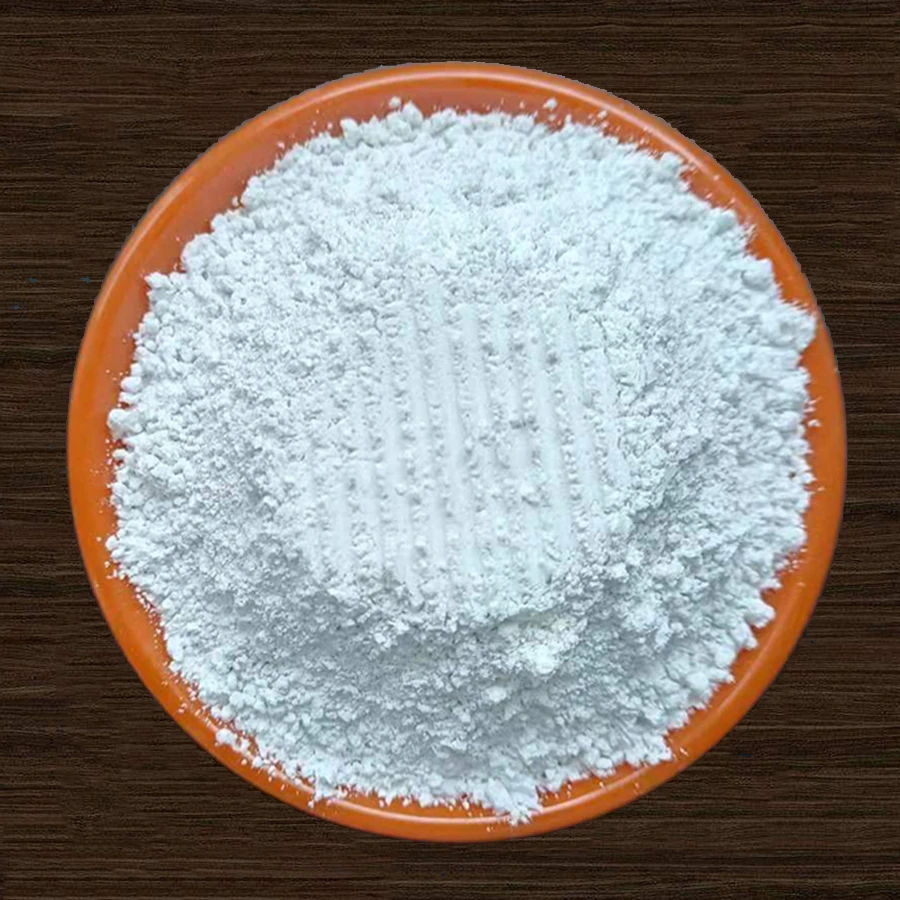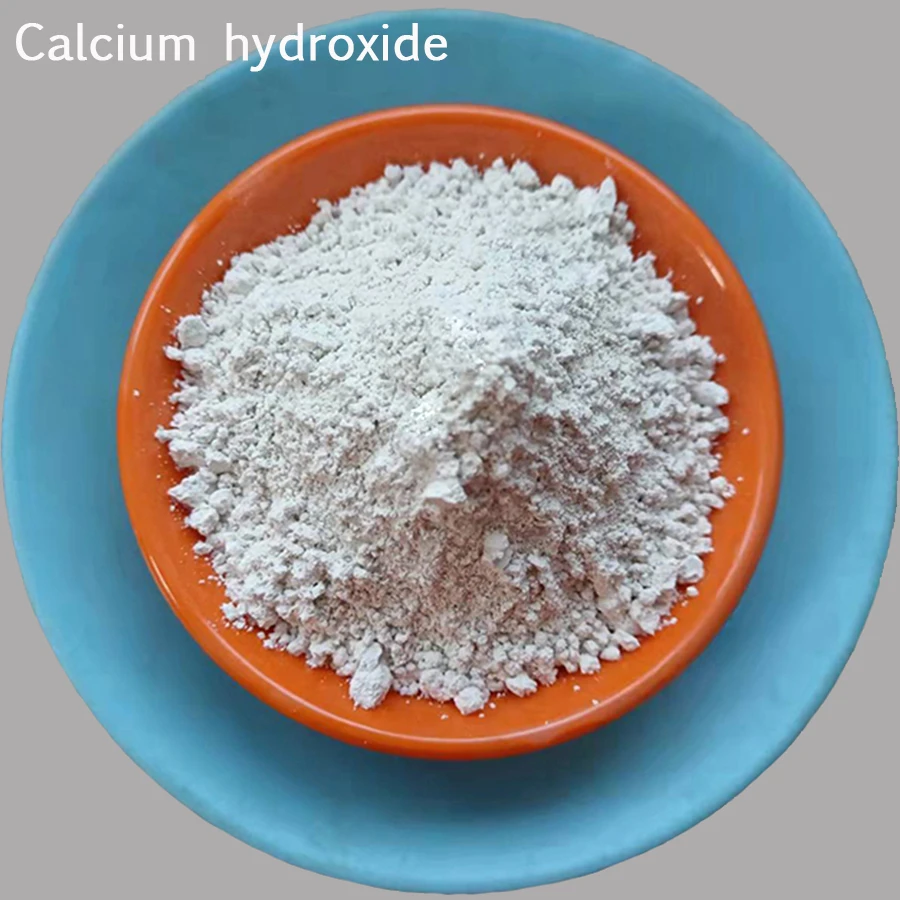
- Afrikaans
- Albanian
- Arabic
- Belarusian
- Bengali
- Czech
- Danish
- Dutch
- English
- Finnish
- French
- Galician
- German
- Greek
- Hebrew
- Hungarian
- Indonesian
- irish
- Italian
- Japanese
- Javanese
- kazakh
- Khmer
- Rwandese
- Korean
- Kyrgyz
- Lao
- Latin
- Latvian
- Lithuanian
- Malay
- Maltese
- Mongolian
- Myanmar
- Norwegian
- Persian
- Polish
- Portuguese
- Romanian
- Russian
- Serbian
- Slovak
- Spanish
- Swedish
- Tagalog
- Thai
- Turkish
- Ukrainian
- Vietnamese
- Welsh
Industrial Efficiency Revolutionized: Where 95% Purity Makes All The Difference
Are you struggling with inconsistent chemical reactions in your industrial processes? Research shows 67% of manufacturers face costly production delays due to impure compounds. Meet calcium oxide
- your silent game-changer. Pure CaO dissolves instantly. It delivers predictable, powerful reactions. But low-grade compounds sabotage your operations. They contaminate outputs. They drive up costs. They damage equipment. What if you could eliminate these headaches today?

(calcium oxide)
Superior Chemistry: Calcium Oxide & Calcium Hydroxide Synergy
Why does calcium oxide calcium hydroxide chemistry matter for you? It's simple chemistry perfection. Calcium oxide (CaO) transforms into calcium hydroxide when hydrated. This powerful duo works wonders:
- Faster Reactions: Our CaO achieves 90% hydration in under 2 minutes
- Higher Purity: 95-98% pure compounds vs industry average 85-90%
- Lower Residue: 0.5% insoluble content versus 3-5% competitors
- Smaller Dosage: Get equal results with 15% less material
See the transformation? You slash material costs. You boost production speed. Quality becomes consistent. That's the power of precision-engineered calcium oxide and calcium hydroxide.
Calcium Oxide Showdown: Why ChemMaster Outperforms
Not all calcium oxide suppliers are equal. See the facts:
| Specification | ChemMaster Pro | Industry Average | Premium Competitor |
|---|---|---|---|
| Purity Level | 95-98% | 85-90% | 92-94% |
| Reaction Time | 1-3 minutes | 8-12 minutes | 4-6 minutes |
| Impurity Content | < 1% | 3-5% | 1.5-2.5% |
| pH Adjustment Efficiency | 98% target accuracy | 75-80% accuracy | 90-92% accuracy |
Our secret? Patent-pending purification technology. This eliminates magnesium and silica contaminants. Result? You get purer calcium hydroxide from calcium oxide reactions. No more inconsistent results. Just predictable industrial excellence.
Precision Calcium Oxide Solutions for Your Industry
One size never fits all. Our tailored calcium oxide calcium hydroxide systems adapt to your needs:
Water Treatment Edition
Special low-impurity formula
Optimized for pH correction
Reduces sludge volume by 40%
Packaged in soluble bags
Construction Grade
High-reactivity calcium oxide
Low-moisture technical specification
Accelerates drying by 35%
Moisture-resistant packaging
Chemical Manufacturing
Ultra-pure calcium hydroxide
Batch consistency guarantee
Neutralizes acids 2x faster
ISO-certified production
Tell us your challenge. We engineer your solution. You focus on production. We handle chemistry.
Calcium Oxide Transformation: Real Industry Results
Don't take our word. See our calcium oxide calcium hydroxide solutions in action:
Wastewater Treatment Plant, Ohio
Challenge: Inconsistent pH swings costing $12,000 monthly in chemical overuse
Solution: Precision calcium hydroxide dosing system
Results: 35% chemical cost reduction. pH stability within 0.2 units. 8-month ROI.
Steel Manufacturing, Indiana
Challenge: Flue gas treatment failures causing EPA compliance risks
Solution: High-reactivity calcium oxide injection technology
Results: 99.2% sulfur capture rate. $220,000 annual compliance savings. Zero violations.
Your success story starts here. What could calcium oxide and calcium hydroxide do for you?
Your Calcium Chemistry Revolution Starts Now
Enough reading. Time for action. For 15 years, ChemMaster has pioneered calcium oxide innovation. Our clients save millions. They boost efficiency. They achieve compliance. Join them.
Unlock Your Custom Calcium Solution →
Stop compromising with mediocre compounds. Experience the ChemMaster difference. Precision calcium oxide and calcium hydroxide solutions engineered for your success.

(calcium oxide)
FAQS on calcium oxide
Q: What is the difference between calcium oxide and calcium hydroxide?
A: Calcium oxide (CaO), or quicklime, is produced by heating limestone. Calcium hydroxide (Ca(OH)₂), or slaked lime, forms when calcium oxide reacts with water. They differ chemically: CaO is a reactive alkali metal oxide, while Ca(OH)₂ is its hydrated derivative.
Q: How are calcium oxide and calcium hydroxide used together in industrial processes?
A: Calcium oxide (quicklime) is first slaked with water to produce calcium hydroxide. This mixture is then applied in waste treatment to neutralize acids or stabilize soils. Both compounds sequentially enable pH adjustment and pollutant immobilization.
Q: Why does calcium oxide convert to calcium hydroxide when exposed to moisture?
A: Calcium oxide reacts exothermically with water (H₂O) in a process called slaking. This chemical reaction transforms CaO into calcium hydroxide: CaO + H₂O → Ca(OH)₂. The conversion increases volume and forms a fine powder useful in construction.
Q: What safety hazards do calcium oxide and calcium hydroxide pose?
A: Both compounds are corrosive alkalis. Calcium oxide can cause severe burns when contacting skin or eyes due to its vigorous reaction with moisture. Calcium hydroxide dust may irritate respiratory tracts, requiring PPE like goggles and masks during handling.
Q: Can calcium hydroxide revert back to calcium oxide?
A: Yes, through calcination. Heating calcium hydroxide above 580°C decomposes it into calcium oxide and water vapor: Ca(OH)₂ → CaO + H₂O. This reversibility is exploited in lime cycles for sustainable material reuse in industries.
Related News





